Sinclair Spectrum Break – Recovering & Repair *updated*
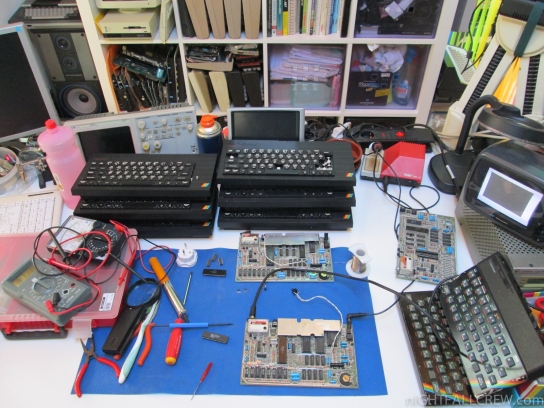
This gallery shows some stages of the repair of the Sinclair Spectrum 48k.
Defects found on the Sinclair Spectrum #1:
- Black Screen of Death/Garbage Screen.
Components replaced:
- 8 x 4116 RAM
- 1 x Z80 CPU
- Extra:
- Composite Video
Defects found on the Sinclair Spectrum #2:
- There are no colors.
Components replaced:
- 5 x Electrolytic Capacitors 22uf / 16v
- 1 x SN94459 (LM 1889) Tv video Modulator IC with Chroma Reference Signal (Color)
Defects found on the Sinclair Spectrum #3:
- Jaundice problems.
Calibration:
- Calibration of Trimmer (VR2)
Defects found on the Sinclair Spectrum #4:
- Black Screen of Death.
Components replaced:
- 1 x RAM TMS4532
- 1 x Transistor ZTX650
- Extra:
- Composite Video
- Conversion from Spectrum (Issue 2) To Spectrum +
Defects found on the Sinclair Spectrum #5:
- Garbage Screen and high absorption on the 12v line and 0v (ground) with explosion of the transistors ZTX-650 (651) and ZTX-213
Components replaced:
- 1 x Zener 5v1
- 12 x Electrolytic capacitors
- 3 x 4116 RAM (two of these in total short circuit between pin 8 and 16)
- 8 x OKI 3732 RAM
- 1 x Sinclair ROM
- 1 x 74HCT(LS)32
- 1 x Transistor ZTX-213
- 1 x Transistor ZTX-650
- Extra:
- Composite Video
- Info:
- About the explosion of the transistors i have isolated the problem, are the ram (LOW).
The bad way used some years ago was cut the pin 8 of the all 4116 ram to isolate the bad one, in this case, i didn’t cut the pins of the ram, but i have cut the track of 12v which is part of all the 4116 ram, doing so, the transistor ZTX650(651) doesn’t explode.
At this point there is a short in one or more RAM between +12 and 0v. I have measured the absorption where i have cut the track and it absorbs too much.
I just have to unsolder the pin 8 of the 4116 ram and trying to isolate it for find which ram is short-circuited.
- About the explosion of the transistors i have isolated the problem, are the ram (LOW).
- …it was not over:
- When the repair is finished and i have replaced all OKI 3732 RAM with a new one, another IC has decided to die, a 74HC(LS)32. I have no words.
Defects found on the Sinclair Spectrum #6:
- Faulty / AutoLoad.
Components replaced:
- 1 x TMS 4532 RAM
- Extra:
- Composite Video
Sinclair Spectrum Faulty / AutoLoad Video:















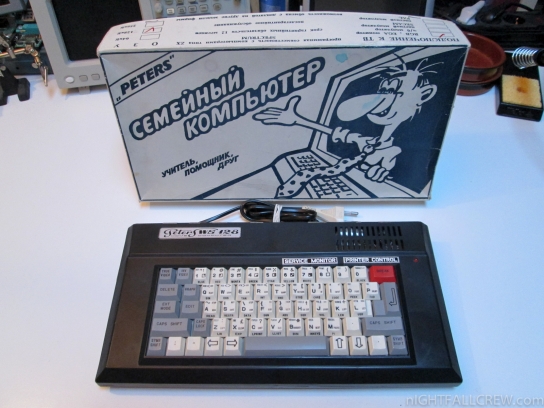















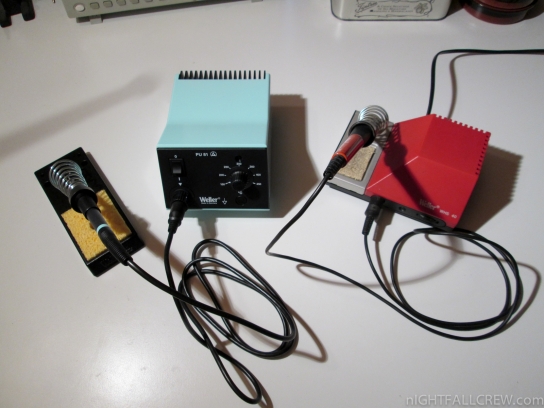









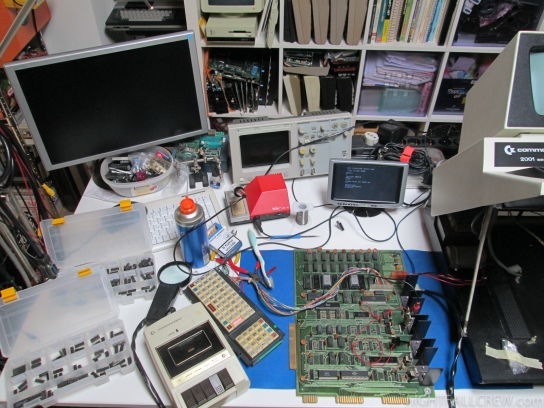















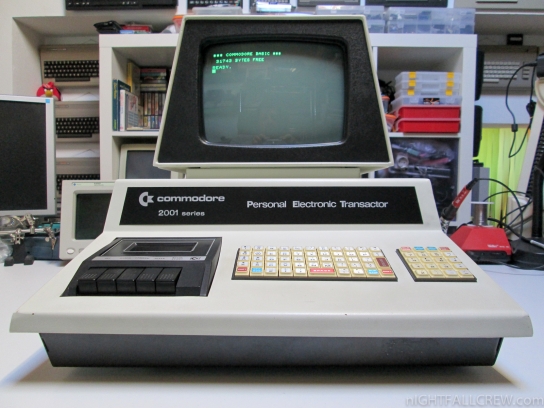















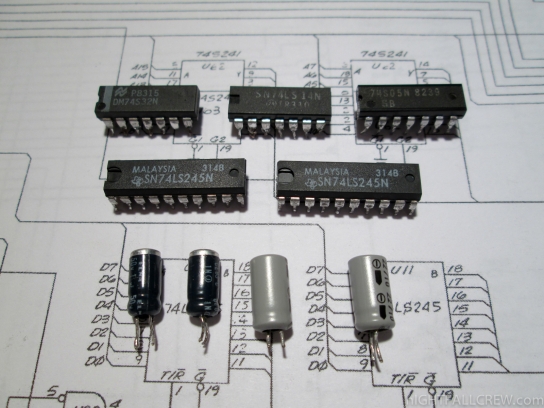





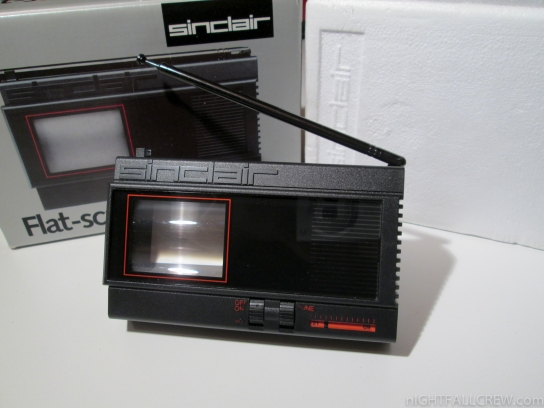
















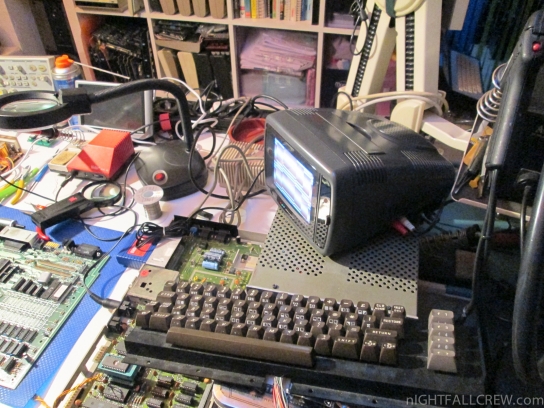























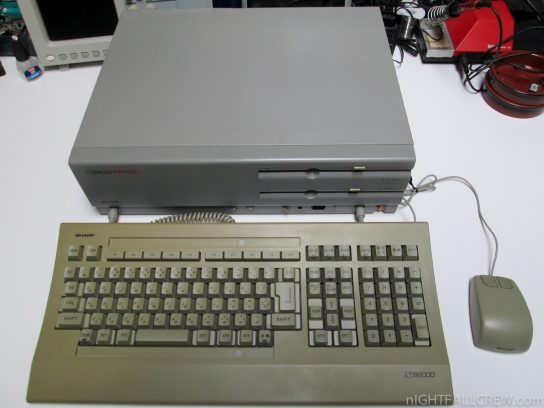















 Download:
Download: 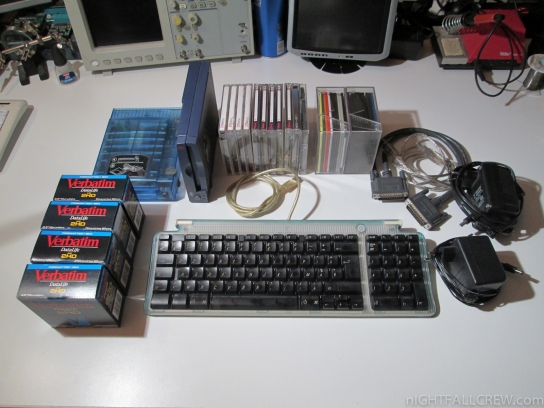
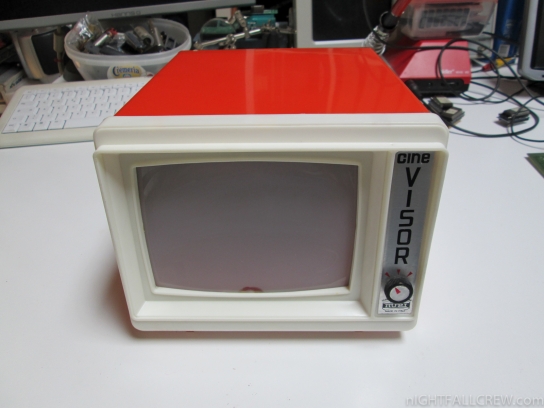






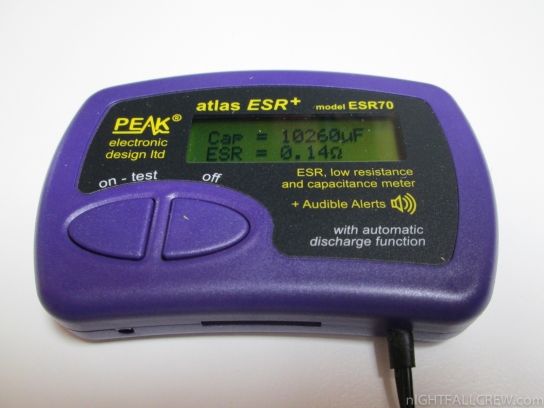















Recent Comments